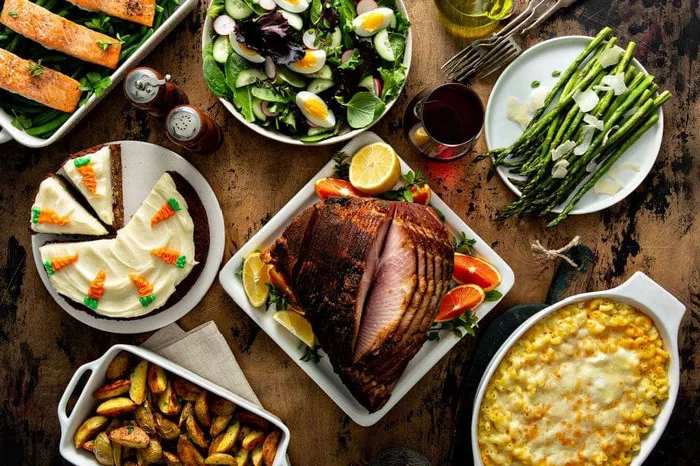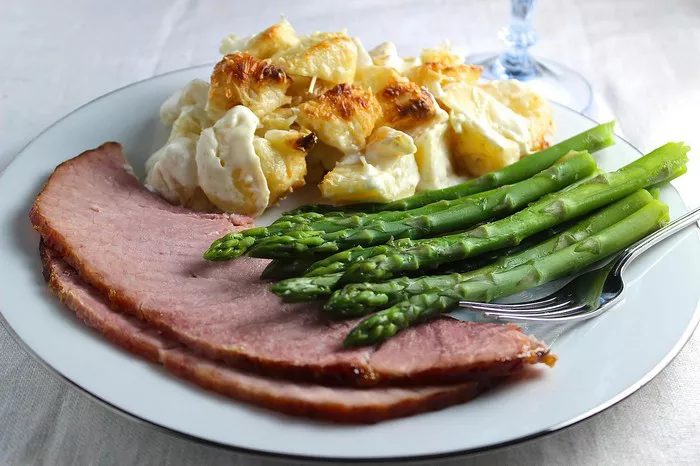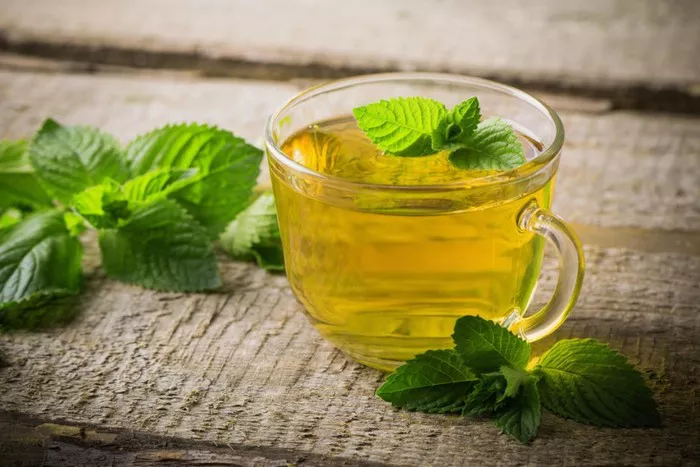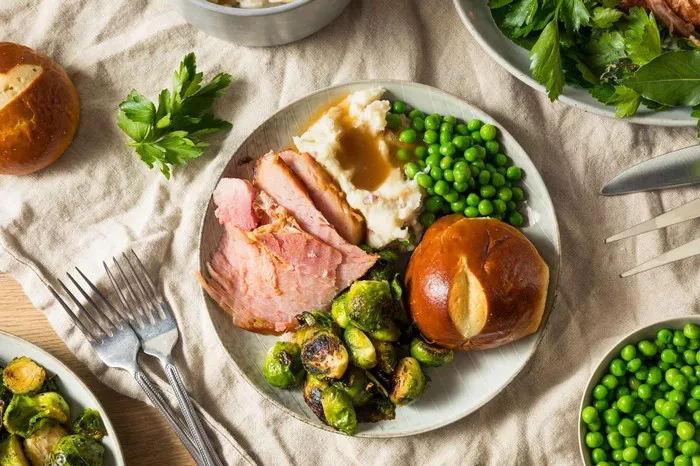Korean cuisine has gained international acclaim for its unique flavors, diverse dishes, and healthful ingredients. From savory barbecue to comforting stews and spicy kimchi, Korean food offers a rich tapestry of tastes and textures. In this article, we will explore the top 5 best Korean food recipes, providing you with a culinary adventure into the heart of Korean gastronomy.
Bulgogi – Korean BBQ Beef:
Bulgogi, meaning “fire meat” in Korean, is a classic barbecue dish that perfectly encapsulates the essence of Korean flavor. This marinated beef dish is known for its tender and succulent texture, combining savory, sweet, and umami tastes. Here’s a simple recipe for homemade Bulgogi:
Ingredients:
1.5 lbs thinly sliced beef (ribeye or sirloin)
1 pear, grated
1/2 onion, grated
3 cloves garlic, minced
1/4 cup soy sauce
2 tablespoons brown sugar
1 tablespoon sesame oil
1 tablespoon mirin (rice wine)
1 tablespoon grated ginger
1/4 teaspoon black pepper
2 tablespoons vegetable oil (for cooking)
Instructions:
In a bowl, combine grated pear, grated onion, minced garlic, soy sauce, brown sugar, sesame oil, mirin, grated ginger, and black pepper to create the marinade.
Add the thinly sliced beef to the marinade, ensuring each piece is well coated. Marinate for at least 30 minutes, or preferably, overnight for maximum flavor.
Heat vegetable oil in a skillet over medium-high heat. Cook the marinated beef slices until browned and cooked through, about 3-4 minutes per side.
Serve Bulgogi over steamed rice, and garnish with sesame seeds and sliced green onions.
Kimchi Jjigae – Kimchi Stew:
Kimchi Jjigae is a hearty and spicy stew that highlights the fermented goodness of kimchi. This comforting dish is a staple in Korean households and offers a perfect blend of sour, spicy, and umami flavors. Here’s how to make Kimchi Jjigae at home:
Ingredients:
2 cups well-fermented kimchi, chopped
1/2 lb pork belly or pork shoulder, thinly sliced
1 onion, sliced
2 cloves garlic, minced
1 teaspoon gochugaru (Korean red pepper flakes)
1 tablespoon gochujang (Korean red pepper paste)
1 tablespoon soy sauce
1 teaspoon sesame oil
1 teaspoon sugar
4 cups kimchi juice or water
1 block tofu, cut into cubes
Green onions, chopped (for garnish)
Instructions:
In a pot, sauté pork slices until browned. Add minced garlic and sliced onions, cooking until onions are softened.
Add chopped kimchi, gochugaru, gochujang, soy sauce, sesame oil, and sugar to the pot. Stir well to combine.
Pour in kimchi juice or water and bring the stew to a boil. Reduce heat and simmer for 15-20 minutes.
Add tofu cubes to the stew and cook for an additional 5 minutes.
Garnish with chopped green onions before serving. Kimchi Jjigae is best enjoyed with a bowl of steamed rice.
Bibimbap – Mixed Rice Bowl:
Bibimbap, meaning “mixed rice,” is a vibrant and colorful dish that showcases an array of fresh vegetables, marinated beef, a fried egg, and a flavorful gochujang sauce. This visually appealing dish offers a delightful combination of textures and tastes. Here’s how to prepare Bibimbap:
Ingredients:
2 cups cooked short-grain rice
1/2 lb beef (ribeye or sirloin), thinly sliced
1 carrot, julienned
1 zucchini, julienned
1 cup mung bean sprouts, blanched
1 cup spinach, blanched
4 shiitake mushrooms, sliced
4 eggs (fried sunny-side-up)
Sesame oil (for drizzling)
Sesame seeds (for garnish)
Gochujang sauce (recipe below)
Gochujang Sauce:
2 tablespoons gochujang (Korean red pepper paste)
1 tablespoon soy sauce
1 tablespoon sugar
1 tablespoon water
1 tablespoon sesame oil
Instructions:
Arrange a portion of cooked rice in a bowl.
Surround the rice with small portions of the julienned vegetables, sliced beef, and a fried egg on top.
Drizzle sesame oil over the bowl and sprinkle sesame seeds for garnish.
Serve Bibimbap with the Gochujang sauce on the side. To eat, mix all the ingredients together, ensuring each bite is a perfect blend of flavors.
Japchae – Korean Glass Noodles:
Japchae, a savory and slightly sweet dish made with Korean glass noodles, is a staple at celebrations and special occasions. This flavorful noodle dish features a colorful medley of vegetables and can be served as a side dish or a standalone meal. Here’s how to make Japchae:
Ingredients:
200g Korean glass noodles (dangmyeon)
1/2 lb beef (ribeye or sirloin), thinly sliced
1 onion, thinly sliced
1 carrot, julienned
1 red bell pepper, julienned
1 bunch spinach, blanched and chopped
2 tablespoons soy sauce
1 tablespoon sugar
1 tablespoon sesame oil
2 cloves garlic, minced
2 tablespoons vegetable oil (for cooking)
Sesame seeds (for garnish)
Instructions:
Cook the glass noodles according to the package instructions. Drain and set aside.
In a pan, sauté thinly sliced beef until browned. Add minced garlic, sliced onions, julienned carrots, and bell pepper. Cook until vegetables are tender.
Add blanched and chopped spinach to the pan, and stir to combine.
In a bowl, mix soy sauce, sugar, and sesame oil to create the sauce. Pour the sauce over the vegetable and beef mixture, stirring well.
Add the cooked glass noodles to the pan and toss until everything is evenly coated with the sauce.
Garnish with sesame seeds before serving. Japchae can be enjoyed warm or at room temperature.
Dak Galbi – Spicy Stir-Fried Chicken:
Dak Galbi is a flavorful and spicy stir-fried chicken dish that originated in Chuncheon, South Korea. This dish features marinated chicken, vegetables, and Korean rice cakes (tteok) stir-fried together in a spicy gochujang-based sauce. Here’s a delicious recipe for Dak Galbi:
Ingredients:
1.5 lbs boneless, skinless chicken thighs, cut into bite-sized pieces
1 onion, sliced
1 sweet potato, thinly sliced
1 carrot, thinly sliced
1 bunch green onions, cut into 2-inch pieces
2 cups Korean rice cakes (tteok)
3 tablespoons gochujang (Korean red pepper paste)
2 tablespoons gochujang (Korean red pepper flakes)
2 tablespoons soy sauce
1 tablespoon mirin (rice wine)
1 tablespoon sugar
1 tablespoon minced garlic
1 tablespoon vegetable oil (for cooking)
Instructions:
In a bowl, mix gochujang, gochugaru, soy sauce, mirin, sugar, and minced garlic to create the marinade.
Marinate the chicken pieces in the sauce for at least 30 minutes.
Heat vegetable oil in a large pan or wok over medium-high heat. Add marinated chicken and stir-fry until browned.
Add sliced onions, sweet potato, carrot, and rice cakes to the pan. Continue stir-frying until vegetables are tender and the chicken is fully cooked.
Add green onions and cook for an additional 2-3 minutes.
Serve Dak Galbi hot, either on its own or over steamed rice.
Conclusion:
Embarking on a culinary journey into Korean cuisine opens up a world of vibrant flavors and diverse textures. The top 5 best Korean food recipes highlighted in this article – Bulgogi, Kimchi Jjigae, Bibimbap, Japchae, and Dak Galbi – showcase the richness and uniqueness of Korean gastronomy. Whether you’re a seasoned home cook or a culinary enthusiast eager to explore new flavors, these recipes offer a delicious introduction to the delights of Korean food. Invite friends and family to savor these dishes, and let the aromas and tastes transport you to the heart of Korean culinary tradition.
























